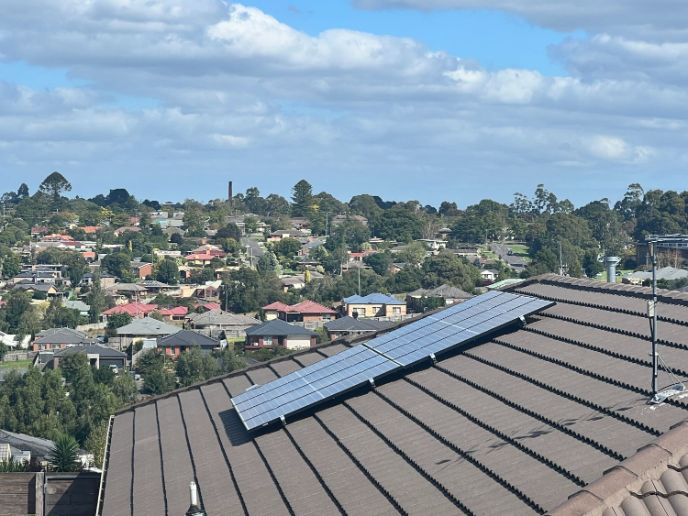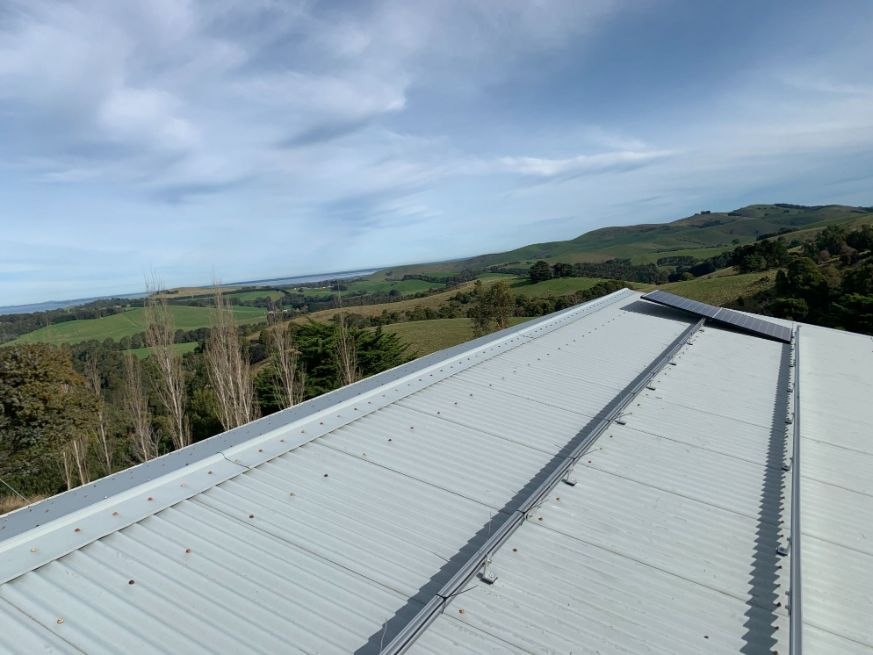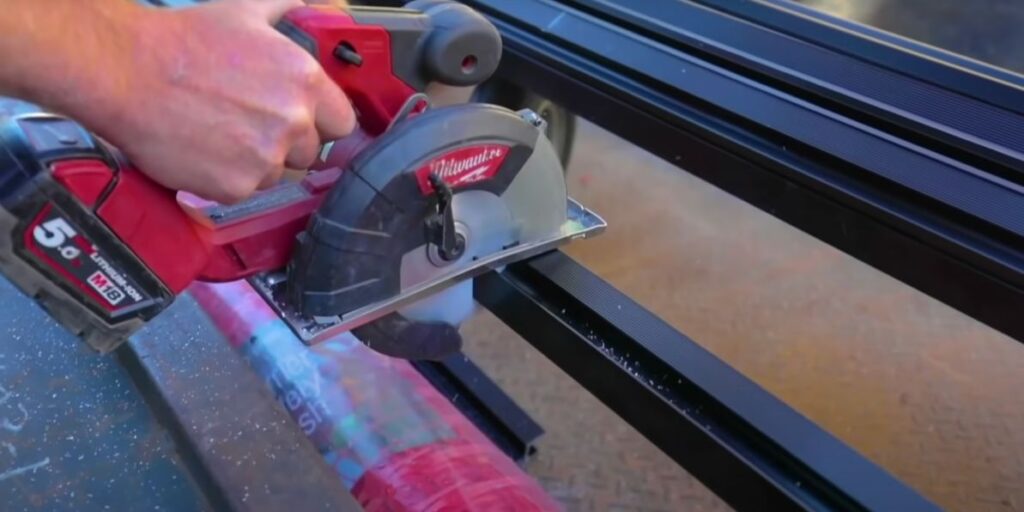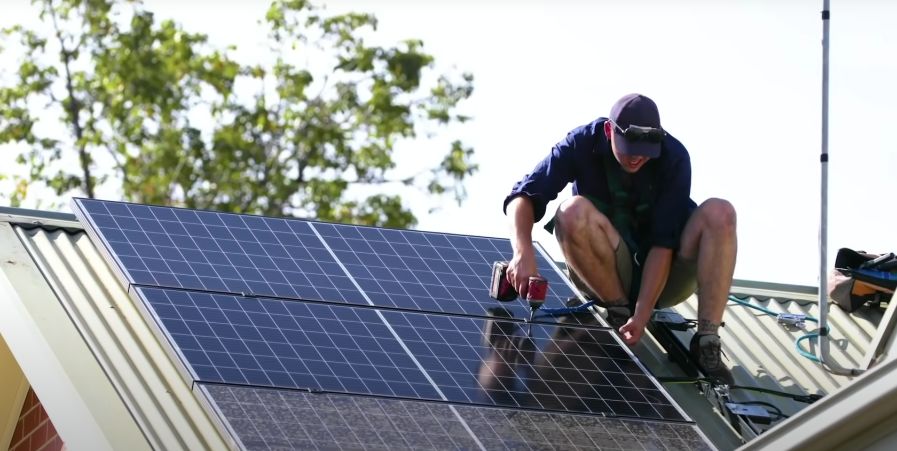The most efficient solar panel angle is when it’s positioned at a 26-degree angle with a northward orientation. Solar panels that are oriented appropriately will be able to generate maximum power. The main reason for this is that the rays from the sun hit the surface of the panels at an optimum angle.
People living in Australia with rooftops facing the north sun will have solar panel systems that perform the best. At Connected Solar Gippsland, we highly suggest considering the orientation and angle of your roof before deciding to go solar.
In this blog, we’ll talk more about solar panel angle performance, what happens if the angle isn’t ideal, and what if someone has a flat roof.
Does Solar Panel Angle Affect Performance?

Yes, the angle of inclination in a solar panel directly affects its performance. A Gippsland solar PV system can only reach its peak if all of its panels are adjusted based on the season and latitude of the area.
For people in Gippsland, the best angle for solar panels in the area is around 38 degrees. This number is equivalent to the latitude angle of the city, which is 37.81.
What Happens When the Solar Panel Angle is Not Ideal?

What happens when the angle of the solar panel isn’t correct is that for every 10 degrees off, the panel will lose roughly 1.5% of its output efficiency. So, for example, properties in Melbourne with a roof pitch of 23 degrees will get around 98.5% solar generation, while a pitch of 28 degrees can reach up to 99%.
In other words, solar panels that aren’t mounted at an ideal angle won’t operate at full efficiency because their orientation affects the maximum solar output of its system.

If you’re wondering, ‘Can I install solar panels even when they aren’t angled correctly?’ then the answer is yes. However, they won’t be as efficient as those oriented the right way.
It’s important to note that the flatter a roof is, the higher the loss in efficiency a solar PV system will experience. For example, rooftops that are perfectly horizontal can expect to generate around 86% of solar output compared to 100% if the solar panels were set up at the right angle.
For these types of roofs, the direction they face isn’t relevant since flat roofs are already horizontal.
What If I Have a Flat Roof?

People with flat roofs usually have a mounting device installed to ensure the solar panels are oriented at the right angle. The mount will help expose the panels to more sunlight and allow them to produce more energy for the system.
Another benefit that a mounting device provides to flat rooftops is that it allows solar systems to deflect rainwater so that it flows across the panels. This allows the rain to clean each panel’s surface to help reduce dust and grime that can affect its solar generation capacity.If you want to know more about how to choose a solar system, read our blog about it.
